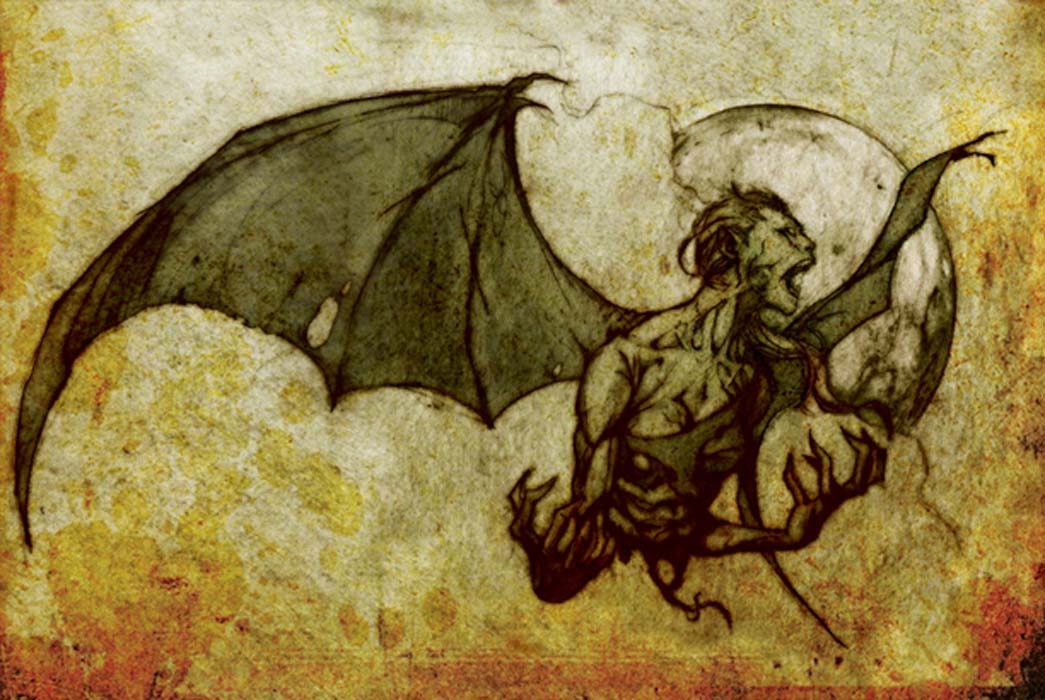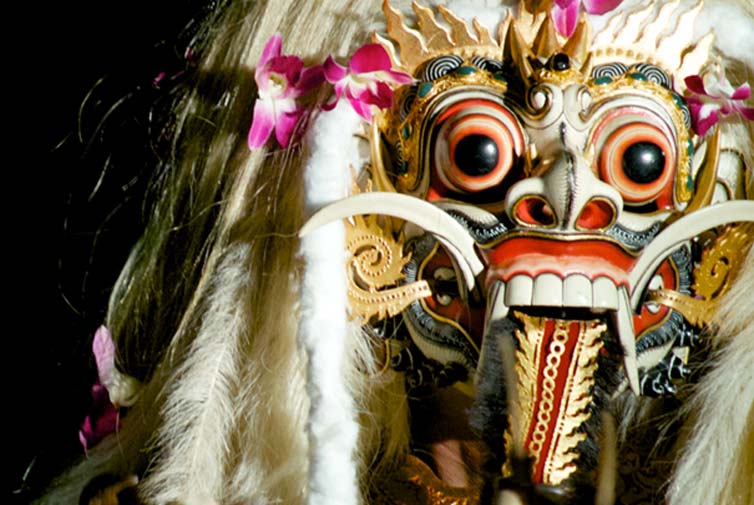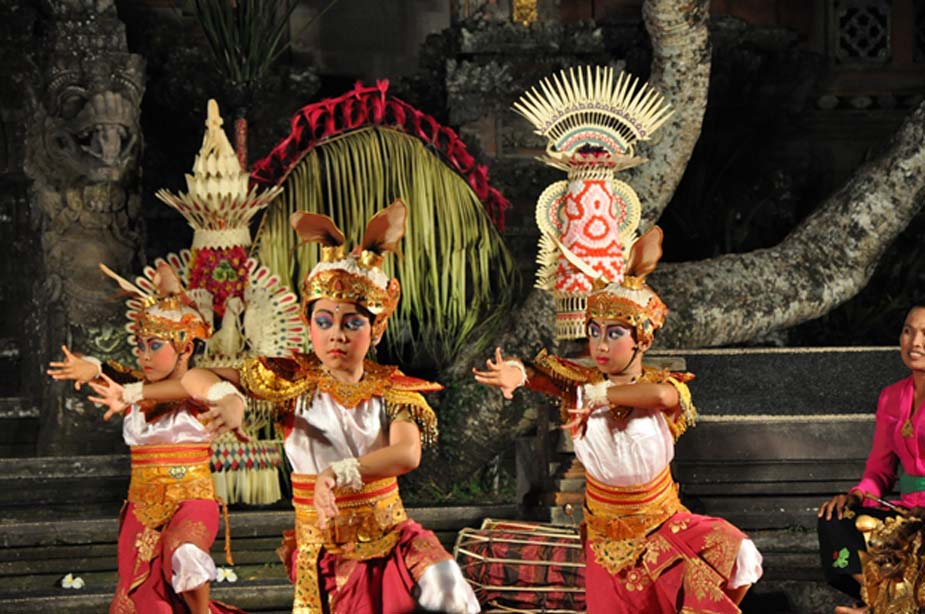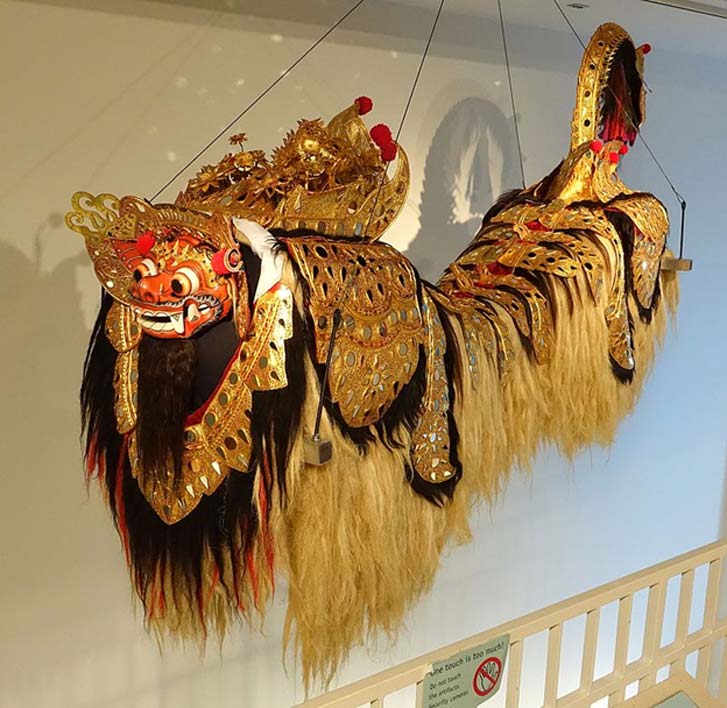
The Shocking Demon that Brings Plague and Devours Babies: Ancient Goddess & Evil Widow Rangda in Balinese Mythology
All eyes focused on the figure of Rangda as she emerged from the inner part of the temple, about a third of the way through the Barong dance (an ancient dance which predates even the Hindu influences in the island of Bali, Indonesia). There is no doubt that Rangda embodies power - she is electrifying, dangerous, and otherworldly. She has protruding eyes, pendulous, large breasts and a long, red tongue hanging down her body. Her mouth is full of big teeth and curving fangs; her fingernails are extended to long pointed claws, and her unkempt mop of gray hair hangs down her back.
Legends of Rangda include her fondness for eating children as well as causing disease and pestilence. Although she may have been an ancient goddess, through many influences, today Rangda is identified as an evil demon queen.

Rangda mask (Shintaro Kakutani/CC BY 2.0)
For well over half a millennium, the island of Bali has cultivated their own unique form of Hinduism, comprising a complex tapestry of animistic beliefs, Buddhism, as well as other traditions and belief systems. Bali’s tumultuous political history is known from written records of dynasties dating back to, at least, the ninth century CE—its past closely intertwined with that of its larger neighbor, Java, as over the centuries the two islands have frequently been united under the same kingdom. From the fifth century on, traders, priests, and adventurers sailing from India and China brought to Bali and Java a variety of Hindu and Buddhist ideas and practices which were adapted and assimilated into the Balinese culture. These many aspects of the Balinese identity are very apparent in the figure of Rangda, the “Queen of Leyak”, who embodies a culmination of the island’s history and many influences.
Beings of the Three Realms: Rangda, Barong and the People of Bali

Balenise Dance (Jorge Láscar/CC BY 2.0)
It is useful at this stage to understand a little of the Balinese cosmology. The Barong dance is a part of the ritual drama which focuses on the ongoing battle between good and evil—with Barong representing the good and Rangda representing evil. Although not obviously gendered, Barong is understood as male and depicted as dragon-lion with an ornate feathery tail.

Barong costume (Public Domain)




